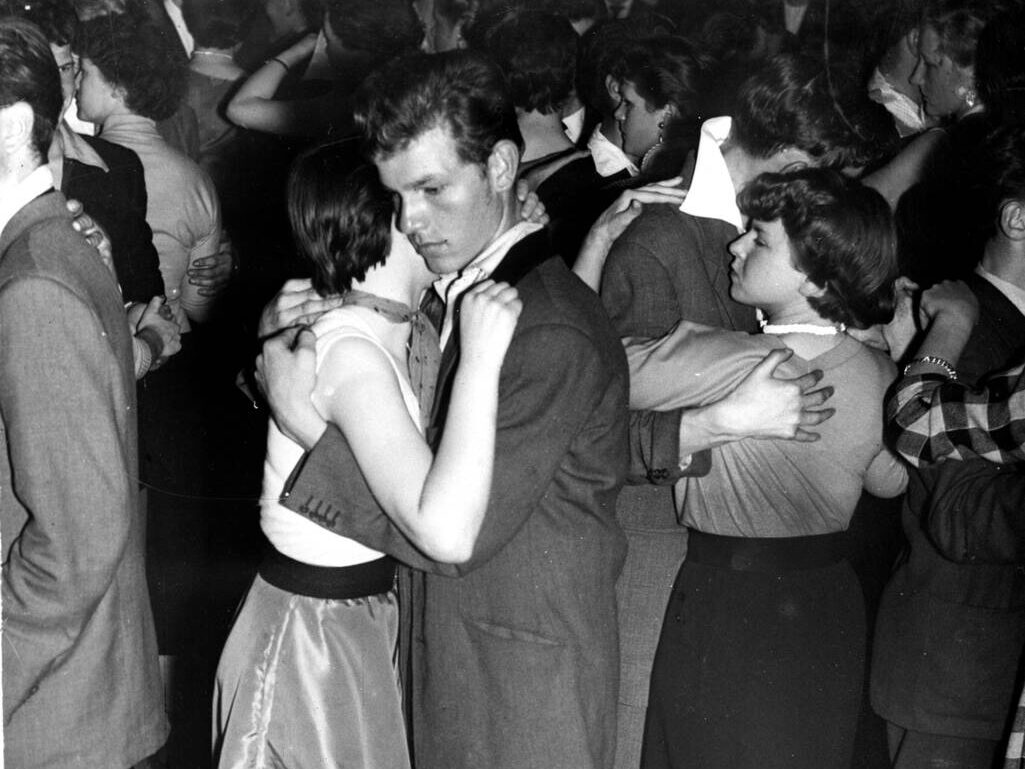Sniffing out Parkinson’s disease

Dr Karl Kruszelnicki
Dr Karl Kruszelnicki

As a teenager, Joy danced with Les Milne at a party. She loved his unique and attractive odour. “He had a lovely male musk smell,” she said. Apparently that wasn’t his only fine quality – and so they were very happy to tie the knot!
But, according to Joy, after a decade of marriage, “His male smell had developed this overpowering sort of nasty yeast smell.” Yes, quite suddenly, Les was now giving off a very different, and not-so-attractive, odour.
As the years rolled on, Joy noticed the smell getting stronger and more unpleasant, while psychological changes also emerged. By the time Les had reached his early 40s, he was a very different person from when he was 17.
At the age of 45, Les Milne was finally diagnosed with Parkinson’s disease, 14 years after his wife, Joy, had first noticed his strange new odour.
His disease progressed slowly, but after two decades, the couple decided to join a support group specifically for people with Parkinson’s disease.
As Joy walked into the room, full of people already diagnosed with Parkinson’s, she was able to detect overwhelming amounts of the unpleasant, greasy, musty smell that she had first noticed in Les when he was 31 years of age. Joy managed to get her rare “smell diagnostic ability” confirmed by a scientist specialising in Parkinson’s disease.

Parkinson’s kills more than 100,000 people each year; currently about 8.5 million people are affected worldwide. It’s the second most common neurodegenerative disease after Alzheimer’s.
There are millions of people with undiagnosed Parkinson’s disease, but only one Joy Milne. Scientists have developed an artificial biomedical “nose”, which can detect this disease in its early stages.
Picking up the early signs of a disease can be important. Often there are ways to treat early disease, and sometimes you can slow, or even stop, the progression of symptoms.
Sniffing out Parkinson’s disease early might give patients more time to smell the roses…




